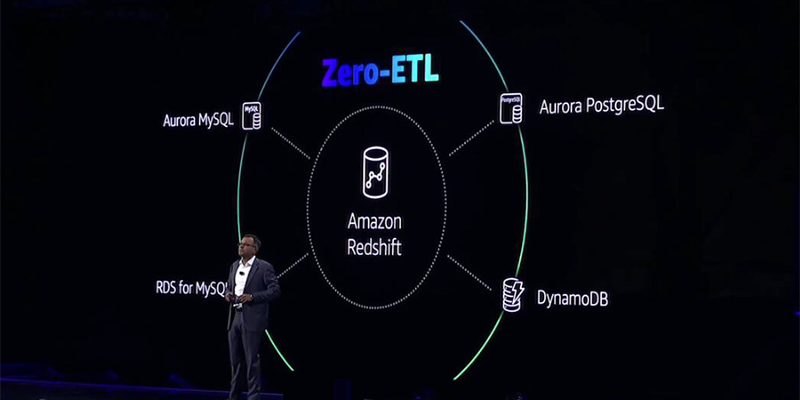The financial services industry has been facing plenty of challenges lately. The rising cost of capital means leaders need to be smart about finding places to reduce total cost of ownership and scale technology. The number of market and technology regulations around data, infrastructure and reporting, like DORA and GDPR, can be overwhelming; complying to them may require organizations to rearchitect legacy workloads to speed up decision-making processes to prepare for generative AI (which in turn may lead to additional costs if not done with a scalable enterprise data strategy).
And though recent market volatility has allowed trading desks to become a key driver of revenue growth and performance for banks and asset managers alike, it’s also an early warning signal that risk management frameworks may need to be modernized (which could also lead to additional financial losses). Financial institutions need to be able to address all of the above while still processing and analyzing the vast amounts of trading data essential for maintaining a competitive edge — no easy task.
Optimizing and modernizing historical tick data — which provides tens of billions of data points stored in on-premises databases that financial professionals can mine for insights — is an important part of that strategy. Tick data is so valuable because it can be used for many different lines of businesses across many use cases. Quantitative analysts in the front office can use it for developing backtesting strategies or conducting liquidity and volatility analysis. In the middle office, analysts can use it when monitoring market and counterparty risks of assets and their stakeholders, or to perform transaction cost analysis. And since tick data provides detailed, time-stamped records that enable real-time surveillance, anomaly detection and forensic analysis of trading activities, it can help firms identify and investigate suspicious behaviors and document compliance activities.
Challenges in actually optimizing tick data — from its siloed nature to its enormous size — can create operating issues, resulting in missed opportunities for generating profit and increasing both market and reputational risk if regulatory issues arise. But implementing an enterprise data strategy with a unified data platform like Snowflake allows teams to meaningfully take advantage of the wealth of insights tick data offers, with more capabilities now than ever before.
How Snowflake can help optimize tick data
Time-series functionality
Snowflake has invested heavily in a suite of functions, native to SQL, that allow timestamp data to be easily aggregated and analyzed to the nanosecond (generally available in Snowflake as of June 2024). This alleviates one of the main pain points of managing tick data, namely the need to analyze data over specific time ranges. Depending on the end user’s requirements, this often requires different systems, databases and object-oriented/procedural/computational languages. But Snowflake has simplified the process of joining and micro-segmenting time ranges. Furthermore, Snowflake has invested heavily in its native ML functions to simplify forecasting from the historical data.
Generative AI (gen AI)
Vectorization is a critical component of gen AI, helping models function and improve outputs. Engineering work around vectorization within Snowflake has allowed timestamp data to be more easily aggregated without separate specialized vector databases used for data processing. Snowflake has VECTOR functions and can process vector-based Python user-defined functions (UDF) and library packages via Snowpark, allowing organizations to engineer and analyze tick data in the language required for the business use case.
Snowflake Cortex AI is a managed service that facilitates the deployment, management and fine-tuning of LLMs directly within the Snowflake environment. It offers a lower cost and timeline to fine-tune Enterprise LLMs, as well as direct access to required GPUs, thanks to our expanded partnership with NVIDIA. With the most recent release of Cortex Analyst (public preview), it won’t be long before a world with domain-specific, time-series-aware LLMs and copilots exists.

